For forty years, Alain Gabriot's painting has had a double thematic and stylistic unity. First of all, stylistic because he never stopped painting schematic urban architectures, halfway between abstraction and figuration. By synthesizing a landscape, or any other pictorial subject whatsoever, into a set of lines and geometric figures, he points as theoretical the famous abstract / figurative cleavage. As for the painter's theme, it also remains unchanged: buildings and other recent constructions are shown, most often, in the form of a panorama or sometimes, as was the case in the 1980s, in close-up view. Alain Gabriot draws inspiration from current American architecture and the building complexes that he saw erecting, in the 1960s, in the Paris region where he came from, culminating in pictorial compositions dominated by vertical lines. However, if the painter is inspired by real sites, it is only to remove a set of forms allowing him to develop totally imaginary landscapes. And if the recent regionalist inspiration of the artist coming to integrate some recognizable local elements (cathedral of Clermont, Puy de Dôme, etc ...) leads to qualify this statement, basically the painting of Alain Gabriot remains an exercise of free assembly of geometric modules. From architectural ensembles whose ugliness has been used very early on, he draws idealized images.
















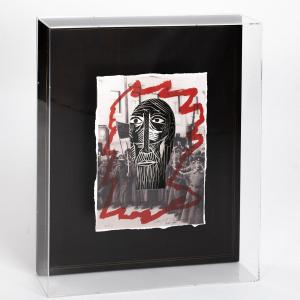
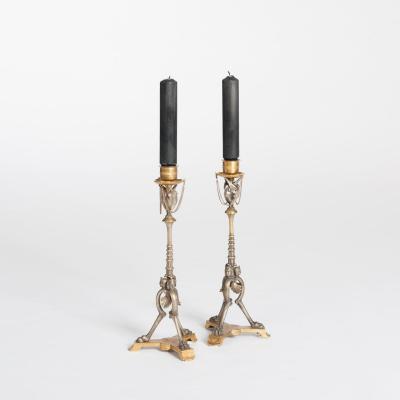




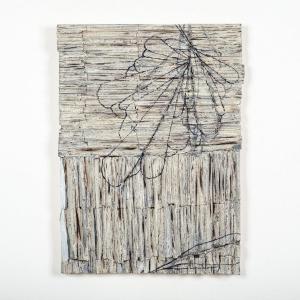
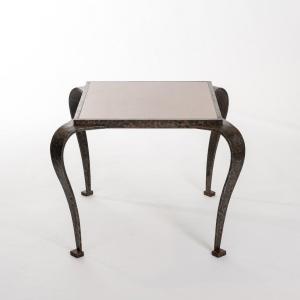
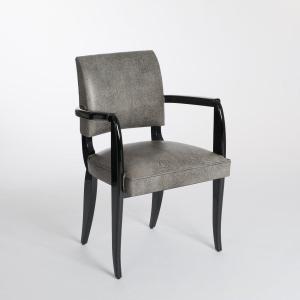
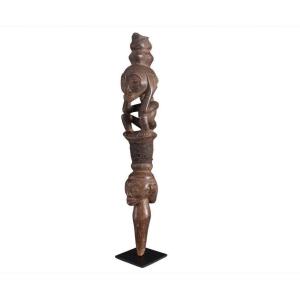



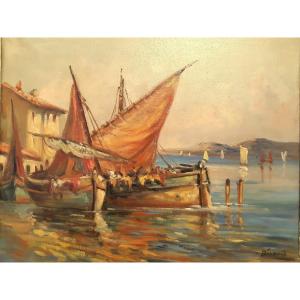





 Le Magazine de PROANTIC
Le Magazine de PROANTIC TRÉSORS Magazine
TRÉSORS Magazine Rivista Artiquariato
Rivista Artiquariato